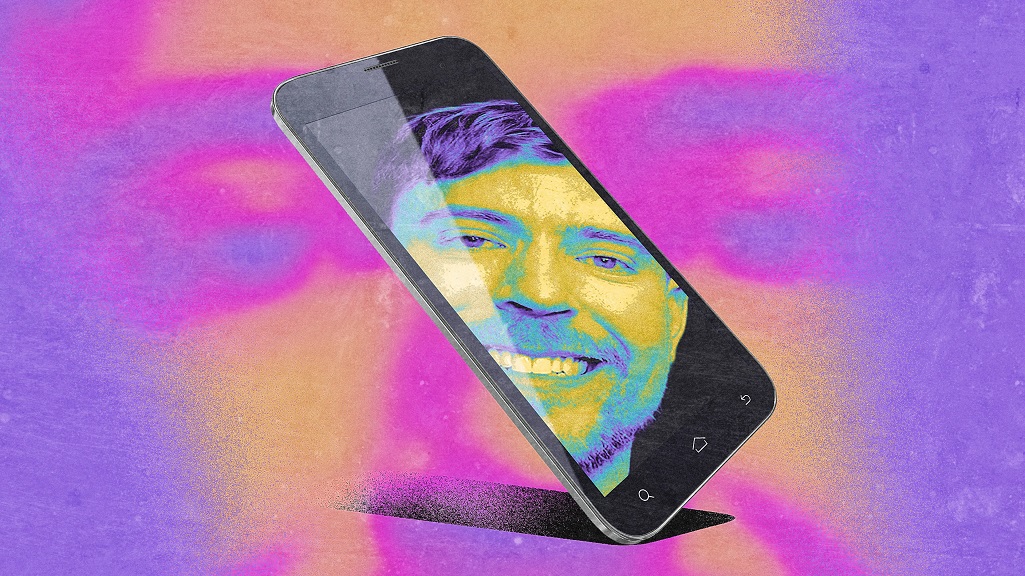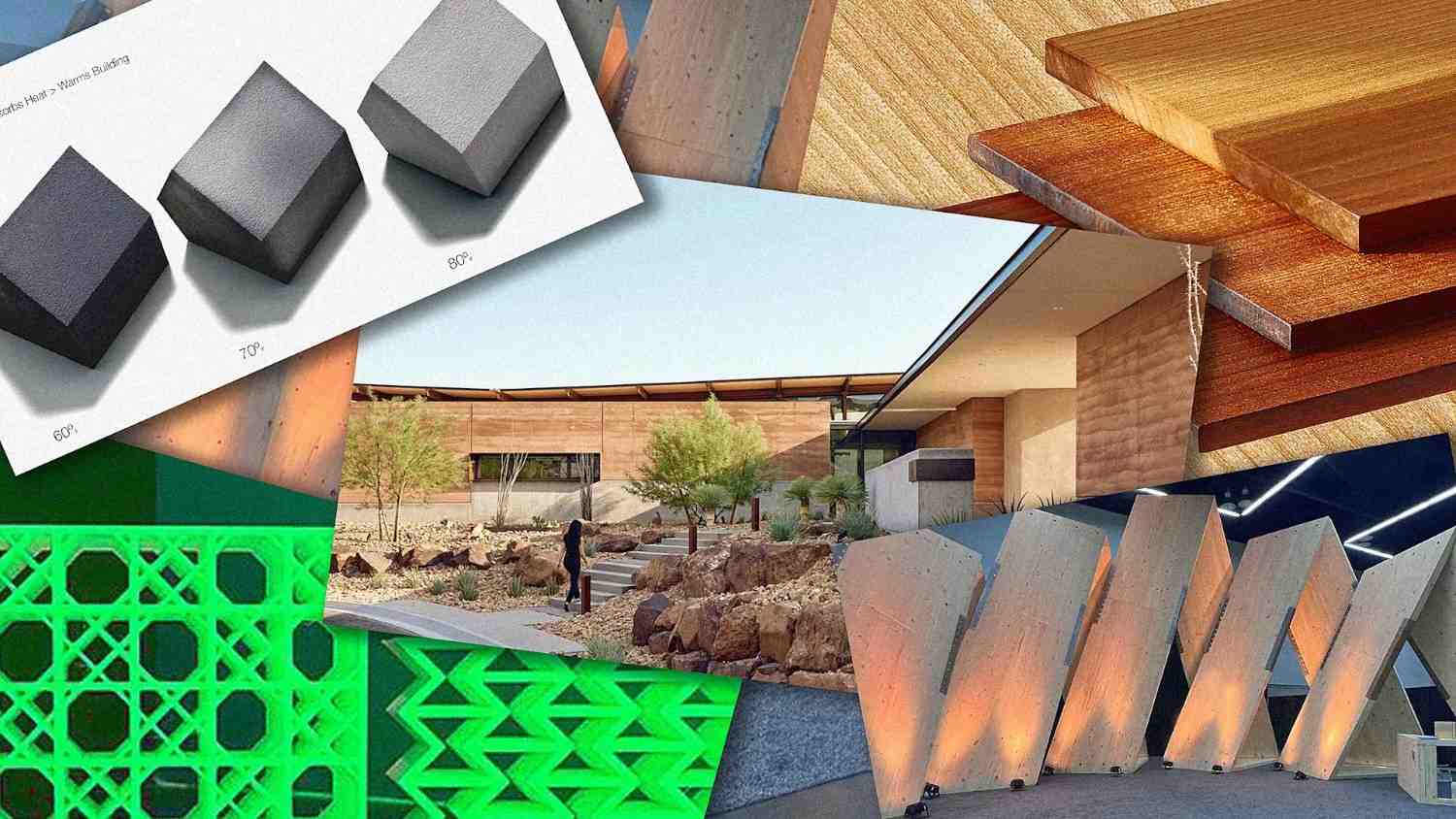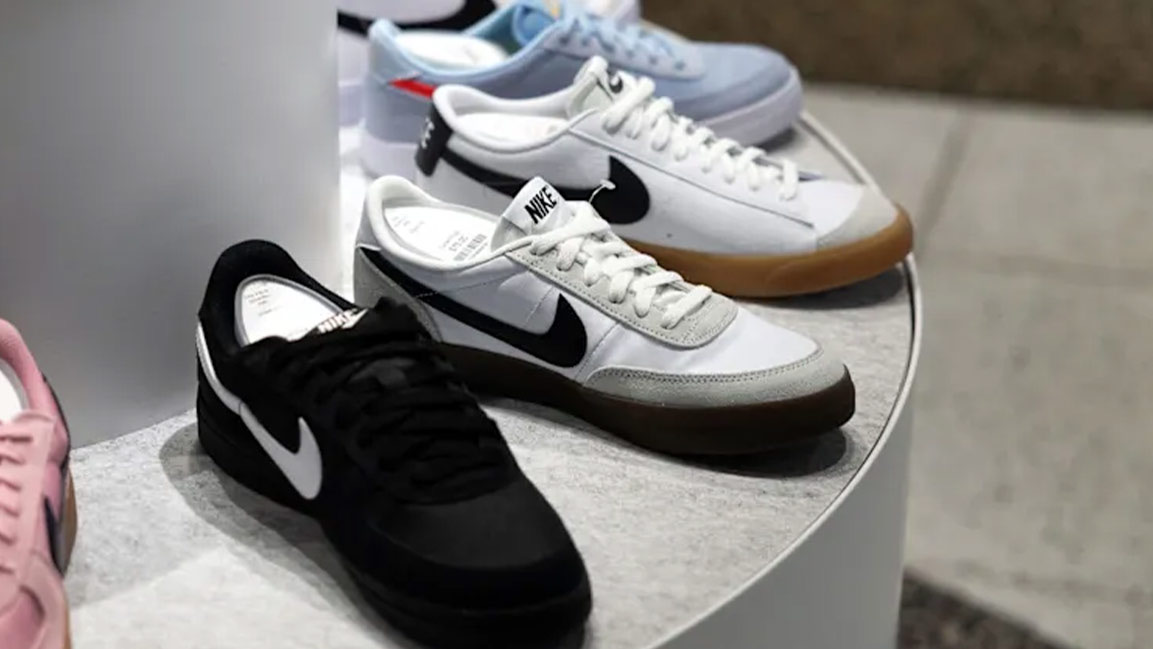- | 8:00 am
Why MrBeast would be making a huge mistake launching his own mobile phone service
Wireless is not the new tequila for celebrities looking for a payday, and Beast is definitely not Ryan Reynolds.

Blame Ryan Reynolds. Or maybe the Trump family. Or, if we must, three beloved sitcom stars from the early-to-mid 2000s.
But the recent news, first reported by Business Insider, that Jimmy “MrBeast” Donaldson and his Beast Industries were planning to launch their own wireless service sometime in 2026, needs someone to blame for this idea.
The social marketing era has seen legacy brands of all stripes get threatened by upstarts. The modern consumer is constantly craving something new. That has not only fueled these brands but also traditional players embracing gross-out marketing, superstar collaborations like the recent Oreo-Reese’s team-up, anthropomorphic Nutter Butters on TikTok, and stolid middle-of-the-grocery-store staples from Kraft and Heinz (soon to be two companies again!) doing too many attention-grabbing, culture-hacking moments to count.
But is wireless really the same as the candy aisle?

Beast Mode
You watch MrBeast’s YouTube videos and maybe even his Amazon Prime Video reality series. You eat his Feastables candy. You may even have scarfed down a MrBeast Burger before that business went bust.
Now imagine if MrBeast was also your mobile service.
Donaldson laid out the logic of his expansion into consumer goods a couple of years ago, outlining that brands simply couldn’t pay what it should cost to sponsor his YouTube videos as they routinely attracted more than 100 million views. So to get the value from his work, he needed to create his own brands.
Donaldson already has a successful chocolate bar brand called Feastables, launched in 2022, as well as a toy brand called MrBeast Lab, and a snack brand called Lunchly.
What do all those things have in common? They’re all products targeted predominantly at MrBeast’s younger audience. They’re also all ostensibly fun. You know what’s not fun? Selecting a wireless plan.
So far as we know, the candy business at least is working, as it’s reportedly profitable and generating almost as much revenue as the media side of the business. If Donaldson weren’t so committed to overspending on his videos, where he lost more than $100 million last year. And for what? No idea why he had to build a maximum security prison, for example, for what’s basically an episode of a game show, which is supposed to be a cheap format!
If Beast could make highly profitable media, he could focus his other pursuits on growing his CPG Feastables brand, which just expanded into cookies.
When Feastables bars first launched, I interviewed Donaldson, who told me that Feastables had been made so that he could enjoy them even with his Crohn’s Disease, which requires him to eat carefully so as not to inflame his condition. But as Beast Industries has grown, that sense of personal connection to the brands being launched is dissipating.
If MrBeast has a compelling personal story for why he’s starting a wireless company, I can’t wait to hear it. But a wireless service largely strays from everything that makes sense for celebrity brand extensions:
- Celebs thrive in such sectors as fashion, booze, and beauty in part because it’s easy for them to personalize those products and people already want to spend money on those goods.
- Services-based businesses carry much greater risk because people expect, y’know, ongoing service versus just delivering what you promised in a package.
- Celebrity products can double as badge brands, signaling your affinity for the celebrity and doubling as free marketing for everything they do. How do you even signal that you’re a customer of a particular wireless carrier?
- Well, you could tell people, but when was the last time you heard anyone say, “I love my wireless carrier”?
What about Ryan Reynolds, you ask? Let’s break down Reynolds’s success with Mint Mobile.
The Reynolds Mirage
It’s easy to be hypnotized by Reynolds’ Deadpool-forged, meta-advertising approach to Mint.
In 2019, he bought a 25% stake in the company, made a slew of self-aware and funny ads, its app downloads soared by 34% in the first 12 months, and the company was then acquired by T-Mobile for $1.35 billion in 2023.
Easy-peasy, right?
There are about as many reasons why Reynolds’ success with Mint would be near impossible to replicate, as there is why the success of Deadpool is so tough for Marvel to replicate (except with Deadpool himself).
- It’s currently 2025, not 2016. Reynolds was early to the game.
- His promotional work for the first Deadpool movie gave him a clear identity as a pitchman.
- In 2018, he started a marketing agency, Maximum Effort, so he had the infrastructure to produce his own ads.
- Reynolds’s ads dispensed with the unspoken artifice of adland, breaking the fourth wall, and acknowledging it was all rather ridiculous. As he told me last year, “Audiences know they’re being advertised to, so if you can acknowledge that invisible contract, it’s a bit more authentic . . . My feeling is always that it’s just a fucking commercial. Who gives a s***? Just make sure that it’s fun.”
- By the time he invested in Mint Mobile, he knew exactly how to position the brand as a no BS marketer. From a delightfully lo-fi Powerpoint presentation to somehow convincing Rick Moranis back in front of the screen, it all had the air of a comedy sketch.
- Mint was a discount carrier, which has traditionally been the only piece of the market where a brand can break through against the major players. Because of Reynolds’s marketing approach, he managed to sell cheap phone service without cheapening his own brand.
Reynolds also knows when to be in your face and when to go away. After 2024’s Deadpool v. Wolverine onslaught, which helped the movie be the second-largest box office smash of the year with $1.3 billion in worldwide grosses, he became far less omnipresent, a luxury that YouTubers and podcasters (and the attention-starved Trump family) can’t afford.
So yeah, it’s easy for stars (and their agents and business reps) to see dollar signs as they rush into a category like wireless. But historically, building a branded wireless service has been a tough road.
MVN-uh oh
Technically, MrBeast isn’t actually launching a telecom company. Although I would love to see him try, just for the videos we’d likely get out of it. Imagine “I Built 100,000 Cell Towers in 100 Days!” or “Survive 100 Days Without Cell Service, Win Wireless for Life.”
If his mobile plans do materialize, it would be a MVNO, a mobile virtual network operator. These are brands that buy excess network capacity from the major carriers, and profit from the difference between that price and what they charge customers. For the majors like AT&T and Verizon, it’s a way to cash in on unused network capacity, while smaller brands get to offer up cheaper mobile plans and some brand variety for customers.
In addition to Mint (before its acquisition), there have been other successful MVNOs such as Cricket and Google Fi. But the path is also littered with the graves of failed brands.
Remember Amp’d? Founded in 2005, the brand aimed its brand at younger people who wanted to consume content and games on their phones. (This was pre-iPhone.) It went on a full-on brand blitz, signing up MTV as a content partner, Snoop Dogg’s youth football league, Coachella, and more.
But by mid-2007, it had burned through $360 million and declared bankruptcy.
ESPN, perhaps the most powerful brand in American sports, launched its own MVNO in 2006—and shut it down later that same year. This was due to a slew of factors, not the least of which was the $300 phone it expected users to buy to go with it.
On a slide deck, the mobile business must look like a no-brainer: four entrenched players, no real brand affinity, not a lot of overt customer innovation.
In reality, it’s incredibly competitive. The U.S. market is saturated. Because most people already having mobile phones, growth for any new brand largely comes from stealing users from a competitor. This is done primarily through race-to-the-bottom price promotions, but major brands like Verizon and T-Mobile are also increasingly using perks such as tickets to sports and concerts to build loyalty.
What could MrBeast possibly offer to compete with these? It’ll take more than a free candy bar, or even one of his massive giveaways.
Although it would make sense for MrBeast to sell an entry-level wireless service given his young fan base, he’d be taking a huge risk if he slaps Beast on the name. The logical move would be to call it Beast Mobile, just as the SmartLess guys dubbed their phone service SmartLess Mobile.
But the best a wireless brand can hope for with consumers is not to be hated, to be fine, a utility in people’s lives. Donaldson also carries the additional burden of being MrBeast, so he’s not only the face of the brand but he’d be tying his personal brand to the fate of his wireless startup.
Cash grab vs brand strategy
Celebrity-backed brands are no longer a novelty, so their reason to exist must stem from an actual passion of the celebrity themselves. That’s the key for what we like about a person to transfer over to whatever products and services they’re hawking.
“When a celebrity venture feels like an organic extension of what they’re already known for, it resonates differently with consumers,” Rethink New York chief creative officer Tara Lawall, who worked with the Smartless crew to launch its mobile brand, told me back in June. “Millions of people listen to SmartLess on their phones, which makes mobile a natural fit for the brand.”
That connection sounds a bit tenuous, as people do almost everything on their phones. By that logic, everything from ChatGPT to Fortnite should have a wireless service. (Oh, please no.)
Exactly no one is emotionally invested or passionate about their wireless plan, and Beast is not a good enough actor to convince anyone that he has an actual passion for the sector. Which is why a mobile brand feels like such a naked cash grab. (The SmartLess trio can more or less play the Reynolds card of making a joke out of it, and we’ll see if that can deliver for an older audience.)
These all still feel like a stretch, and are pretty clearly ventures built to be acquired by one of the major carriers, just as Mint Mobile was.
So why don’t we skip the middle step?
Famous Wireless
Verizon, AT&T, and T-Mobile should just mimic fashion brands and release their own celebrity-backed mobile plans.
Think of it as a version of the McDonald’s Famous Orders campaign but for wireless.
Could you imagine a Taylor Swift-branded mobile plan that offered merch, ticket perks, and advance clues to her next moves? Or a Philadelphia Eagles plan? These could essentially be the same MVNO, just skinned Fortnite-style to fit different fan cultures. (Maybe Fortnite should have a wireless service?)
We find ourselves in a moment when Buffalo Bills quarterback and NFL MVP Josh Allen can say, “It’s really about the authenticity of it—never putting my name on something that I personally don’t believe in or I wouldn’t use.”
Meanwhile, on the other side of the spectrum, there’s Sydney Sweeney who says she needs to take every brand offer in order to make up for Hollywood’s shortfall. “If I just acted, I wouldn’t be able to afford my life in L.A.,” she told The Hollywood Reporter in 2022. “I take deals because I have to.”
Both approaches can work, but what they symbolize is that celebs can’t be cynical about how they monetize their brands beyond the primary source of their fame.
Remember that in 2023, Donaldson and his company sued Virtual Dining Concepts, its partner on MrBeast Burger, claiming the company had taken advantage of his brand to expand rather than focusing on the quality of the food. The bulk of online reviews for MrBeast Burger outlets had less than two out of five stars, and used words like, “disgusting,” “revolting,” and “inedible.”
Dropped calls and monthly fees are a world away from a sloppy burger. And much tougher to swallow.







































